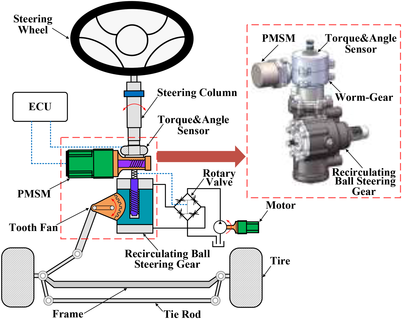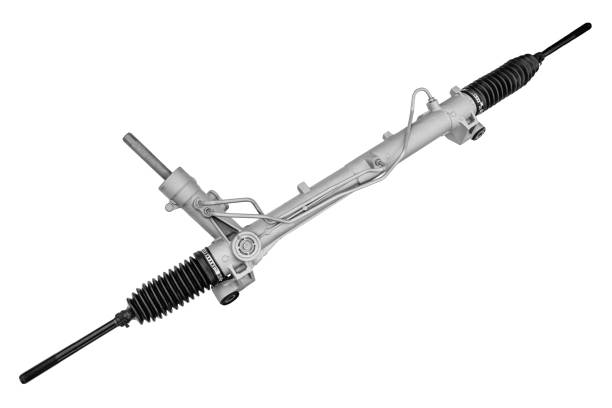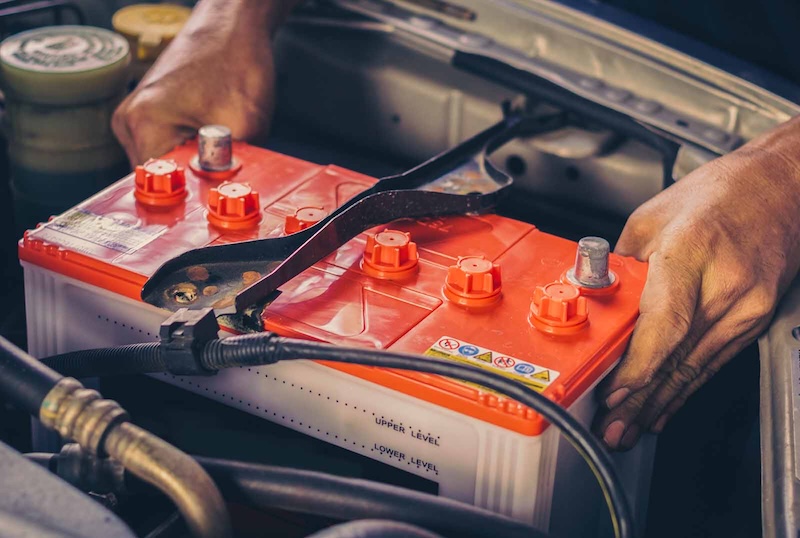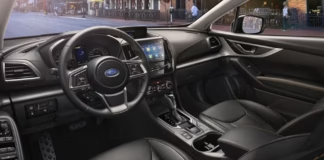Struggling with your Honda CR-V’s electric power steering? You’re not the only one. Problems like a weak battery or loose connections might be to blame. Fixing these issues could be as easy as inspecting your battery or cleaning its terminals. This guide explains simple solutions to help you drive smoothly again.
What Is Electric Power Steering in the Honda CR-V?
The Electric Power Steering (EPS) system in your Honda CR-V makes turning the wheel feel effortless. Unlike older systems that used heavy hydraulic parts, EPS relies on electronic components, which saves fuel and simplifies maintenance.
How EPS Works
EPS uses an electric motor to assist with steering. When you turn the steering wheel, sensors detect your movement and tell the motor to help turn the wheels. This system only uses power when you steer, which improves gas mileage. It’s smoother and more efficient than older hydraulic systems, giving you a better driving experience.

Key Parts of the EPS System
The EPS in your Honda CR-V includes several important parts. The steering rack connects your steering wheel to the tires, while the electric power steering rack adds electronic support for easier turning. Sensors monitor how you steer, and the electric motor provides the right amount of force. A control module processes all this information to ensure smooth and accurate steering. For more details, check this Honda steering guide.
Why EPS Is Better Than Hydraulic Steering
EPS has many advantages over hydraulic systems. It uses an electric motor, so it only draws power when you steer, saving fuel. It’s also lighter, which improves your car’s performance. Plus, EPS requires less maintenance—no messy fluid leaks or belt changes. It offers precise steering, making driving safer and more comfortable.
Common EPS Problems in Honda CR-V
Sometimes, the EPS system in your Honda CR-V can act up, making steering feel off or unsafe. Knowing the signs of trouble can help you fix issues before they worsen.
Signs of a Faulty Steering Gearbox
A bad steering gearbox can make steering feel uneven or jerky. You might struggle to turn the wheel smoothly, which can be risky, especially at high speeds. Listen for odd noises like clunks or grinding when you steer. Check the gearbox for leaks or damage, and fix or replace it quickly to keep your CR-V safe.
Sticky Steering Problems
Sticky steering happens when the wheel feels stiff or doesn’t return to its center position easily. This might be due to a weak battery or issues with the EPS system. It can tire you out on long drives. Checking the battery and ensuring all connections are clean can help. If the problem continues, the steering rack might need inspection.
Steering Rack Troubles
The steering rack is the part that turns your wheel movements into tire movements. If it’s worn out, your CR-V might wander or steer inconsistently. Look for leaks or damage, and listen for whining noises. Fixing or replacing the rack early can save you from bigger repair bills later.

Steering Angle Sensor Issues
The steering angle sensor tracks your steering direction. If it fails, you might notice erratic steering or dashboard warning lights. This can make your CR-V unstable. Keep the sensor clean and calibrated, and replace it if it stops working to restore safe steering.
Honda CR-V Steering Issues by Model
Over the years, some Honda CR-V models have had specific steering problems, from minor glitches to major recalls affecting newer and older vehicles.
2023 CR-V Steering Challenges
Owners of the 2023 Honda CR-V have reported sticky steering issues, where the wheel feels stiff or unresponsive. This can be dangerous, especially at higher speeds. Honda issued a service bulletin in July 2023, recommending replacement of the EPS gearbox. If you drive a 2023 model, contact your dealer for updates or repairs to stay safe.
Previous Steering Recalls
Honda has recalled several CR-V models for steering issues, including a major recall for 2023 models affecting nearly 1.7 million vehicles. The recall fixes defective steering gears by replacing parts like the worm gear spring. If your CR-V is affected, schedule a free repair at a Honda dealership.
How to Troubleshoot EPS Problems
Figuring out what’s wrong with your CR-V’s EPS can save time and money. You can try some basic checks at home or visit a mechanic for a detailed diagnosis.
Professional Diagnosis Methods
Mechanics use tools like diagnostic scanners to read EPS error codes, which pinpoint issues like faulty sensors or wiring problems. They may also check the EPS module for damage or test the motor’s performance. Using genuine Honda parts ensures long-lasting repairs.
DIY Checks for EPS Issues
You can do some simple checks at home. Start by testing the battery voltage—a weak battery can disrupt EPS. Try resetting the system by turning the ignition off and on. Look for EPS warning lights on the dashboard. If they stay on while driving, visit a mechanic as soon as possible.

Keeping Your CR-V’s EPS in Top Shape
Regular maintenance of your Honda CR-V’s EPS system helps prevent problems and keeps steering smooth. Follow these tips and know when to call a professional.
Maintenance Tips for EPS
Keep your battery healthy, as EPS depends on it. Check the battery charge and clean the terminals regularly. Listen for strange steering noises and watch for handling issues. Also, get your wheels aligned regularly—misaligned wheels can stress the EPS system and cause wear.







